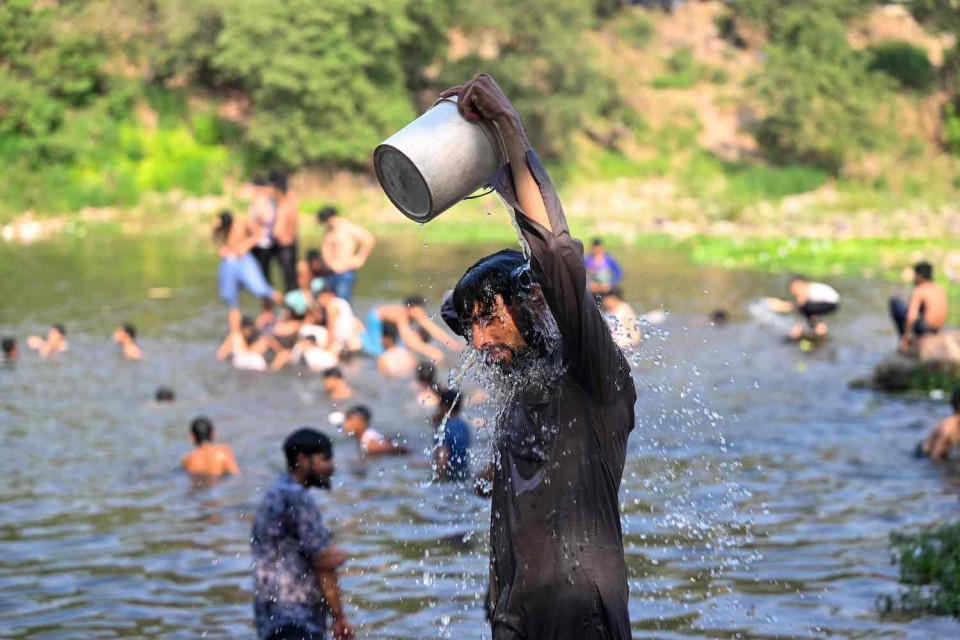
LAHORE, Pakistan, May 23, 2024 (AFP) – Half of Pakistan’s pupils will be shut out of schools for a week as the nation takes crisis measures to lessen the effect of a series of heatwaves, officials said Thursday.
Some 26 million students will be out of lessons from Saturday in Punjab, Pakistan’s most populous province, which has ordered schools to close for the summer break one week early because of the soaring temperatures.
The early closure was confirmed by a spokesperson for Punjab’s Education Department.
Pakistan’s meteorological office has forecast three heatwaves — one already underway and two more set to hit in early and late June.
Temperatures in Punjab are currently six to eight degrees Celsius above normal, the disaster management agency said, with the provincial capital Lahore due for 46 degrees Celsius (111 degrees Fahrenheit) at the weekend.
The government’s Coordinator on Climate Change and Environment told journalists in Islamabad on Thursday that “global warming is causing a sudden change in weather patterns”.
Parts of Pakistan are facing power cuts of up to 15 hours as demand for fans and air conditioning surges, leaving students sweltering at their desks.
The Save the Children NGO said the 26 million Punjabi schoolchildren with lessons cancelled account for 52 per cent of pre-primary, primary and secondary students in Pakistan.
“Prolonged exposure to intense heat impacts children’s ability to learn and to concentrate and this puts their education at risk,” country director Muhammad Khuram Gondal said.
“Excess heat is also potentially lethal to children.”
The UN children’s agency UNICEF said more than three-quarters of children in South Asia — or 460 million — are exposed to temperatures above 35C (95F) for at least 83 days per year.
It warned that children are at risk of “dehydration, higher body temperature, rapid heartbeat, cramps… and coma”.
Pakistan is responsible for less than one percent of global greenhouse gas emissions.
However, the nation of 240 million ranks high among countries vulnerable to extreme weather events, which scientists have linked to climate change.
A third of Pakistan was submerged by unprecedented monsoon rains in 2022 that displaced millions of people.
It was also battered by above-normal rainfall last month that killed at least 144 people in the wettest April recorded since 1961, with more deluges forecast this summer.
Lahore’s students also saw lessons cut this winter when schools were shut as the megacity was enveloped by choking smog.







